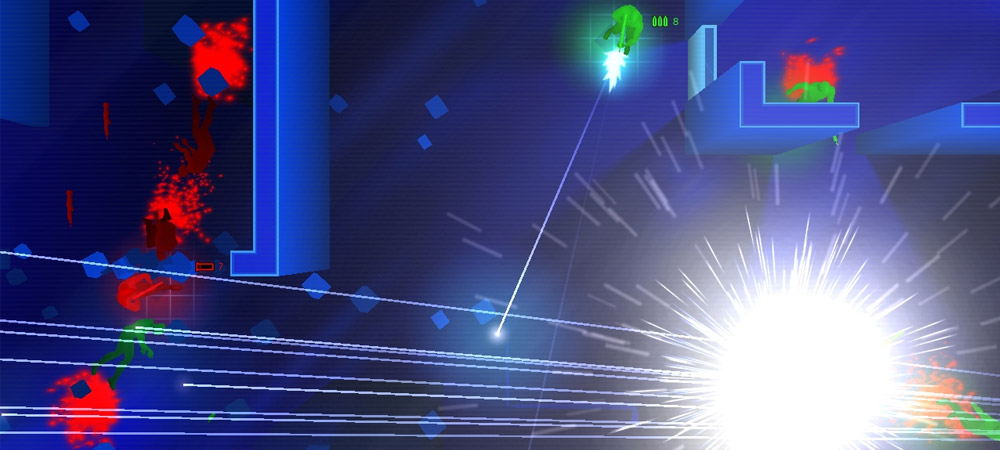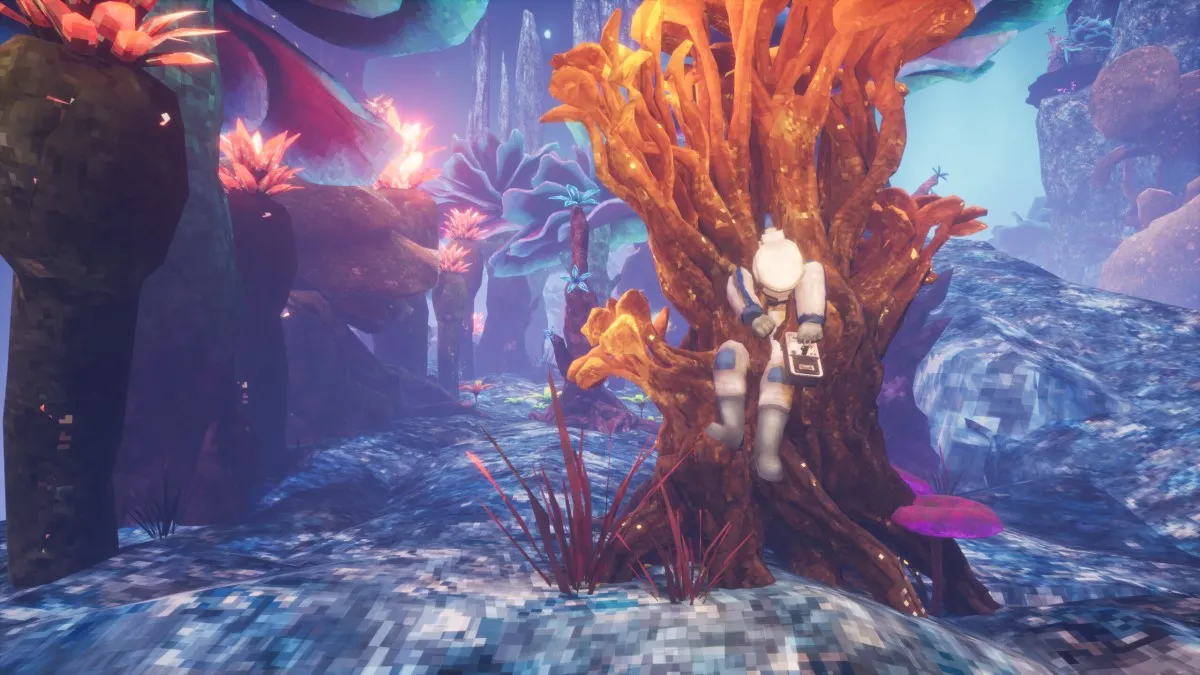Hardcore strategy with the simplest of interfaces
When Frozen Synapse arrived on PC in 2011, the indie game wowed strategy enthusiasts with its incredibly compelling tactical gameplay. Complex strategy arose from a very simple interface and the most rudimentary of graphics, proving that pure, intelligent gameplay will win over graphical fidelity time and time again.
Fast forward two years later, and the tactical experience has been ported over to iPad, a device that caters to a huge audience and most often specifically towards a more casual gaming subset. In the case of Frozen Synapse, the success or failure of this port really depends on whether it appeals to a larger crowd through ease of use and a faster pace.

Frozen Synapse (iOS, PC)
Developer: Mode 7
Publisher: Mode 7
Released: May 2013 (iOS)
MSRP: $6.99
Let me admit something right out of the gate: I am absolutely terrible at Frozen Synapse. While I really enjoy the strategic action that requires some remarkably precise planning and careful deliberation of every move of the opposing force, I am clearly not a good tactician. No one should ever hire me to plan their stake-out mission or to save the president’s daughter from the Ganados.
If you’re looking for a review of the game itself, look no further than Maurice Tan’s review from when the game initially came out on PC two years ago. However, what I will tell you about is how the interface works with a touch-based screen, and the ease with which one can jump on multiplayer matches.
Frozen Synapse is primarily for the hardcore strategy crowd, so it’s interesting to see it ported over to the iPad, a device usually scorned by gamers for its more casual approach to ‘strategy’ affairs with popularized games such as Angry Birds or Plants vs. Zombies. The only element that I can find casual in Frozen Synapse, however, is in how quickly each match plays out — or in my case, how quickly my units blunder into another rocket or shotgun blast.
I cannot discount the game through my own inability, as the tutorials certainly give even the most casual player enough information to go on to understand the basic mechanics. I will mention that while consulting walkthroughs during the single-player campaign, I noticed that certain levels take some serious trial and error before you can plan your moves as you really need to understand the layout of the level and exactly where your enemies are coming in from.

Speaking of the campaign, this mode is an excellent set of scenarios with an interesting sci-fi storyline that guides you through the different types of gameplay, including hostage negotiation, escort missions, and straight-out skirmishes. Each round plays like an deadly game of chess, where the player plans his or her moves for each unit, and can even review those exact moves by pressing a ‘play’ button before actually submitting anything for the next round.
During the planning phase, you can see the initial location of your enemy but there are only simple clues given to what they’re planning to do next. This dynamic element attributes to what makes the game so compelling, as the AI is intelligent and will not give you much room for error, if any at all. Part of the strategy also lies in understanding your different units and their capabilities, such as a heavy with a rocket launcher, a machine gunner, or a unit with a shotgun. Every move that you make within one turn is crucial to your success or failure, so missteps are harshly punished with the quick deaths of your squad and a “Mission Loss” screen.
On the iPad, this sort of turn-based gaming works incredibly well with the touchscreen. During the planning phase of each turn, the UI sits along each side of the screen, with options such as “Make Waypoint,” “Aim,” “Duck,” and “Engage” and their corresponding ‘cancel’ actions that allow you to quit a certain action before continuing on with the next one. All it takes to plan a move is a touch of an individual unit with your finger and then any number of the corresponding interface commands so that you can get your unit aiming towards the enemy while advancing to a position and then ducking behind cover, or simply engaging an enemy from across the room before heading to another location, and so on. It’s all relatively quick to learn and understand, and beyond the tutorials, the easiest way to figure it out is simply through experience, and especially through reviewing all of your moves before submitting them.

One small concern that I’ve had with my time with the port arises when I’m doing some quick, decisive planning and my units are very close to each other. Because of the nature of the iPad’s touch-based gaming, it can be easy to select the wrong unit or simply get confused at which unit you’re actually commanding. Fortunately, there is an ability at the bottom of the screen to sift through units manually, so that you can figure out which one you’re commanding for every move. At times, it may even be easier to simply start by sifting through each unit this way as you make your plans, so that you don’t touch random areas or enemy units by accident in an attempt to execute a basic maneuver.
On the multiplayer side of things, Frozen Synapse really shines with the number of options at your disposal. You can find a quick match of the game’s modes (and corresponding ‘dark’ modes that mix up the gameplay a bit by making your enemy only visible by their last known position) with other users online, and through the turn-based gameplay, a game can last however long you and your opponent have the time to commit to it. In the offline section, you can also create instant skirmishes against A.I. that are wonderful for practice, as the enemy units are still as intelligent as ever and will make short work of you if you’re not careful with your moves. You can even play locally with friends around you in the hotseat mode if you so choose, making the game great for long trips with friends and family who enjoy careful strategy games.
The only issue I’ve found with navigating the multiplayer portion of the game is when you go into tournament mode to create a tournament, the initial screen appears to be impossible to leave. “Create tournament” comes as an option twice, though you can click the right side option, which I presume is supposed to be “close screen” so you can return to the main selection screen where offline and online play co-exist. Other than this odd interface issue, the multiplayer is generally pretty easy to understand and get around.

If you’re looking for a serious strategy game on a device that often caters to a more casual crowd, look no further than this excellent port of Frozen Synapse. All of the work that used to be done with careful mouse clicks has been made even more user friendly and smartly integrated with the touch screen, everything loads quickly, and I’ve experienced no crashes in hours of playtime. The gameplay also remains intact in its challenge and pure tactical enjoyment.





Published: Jun 6, 2013 03:30 pm